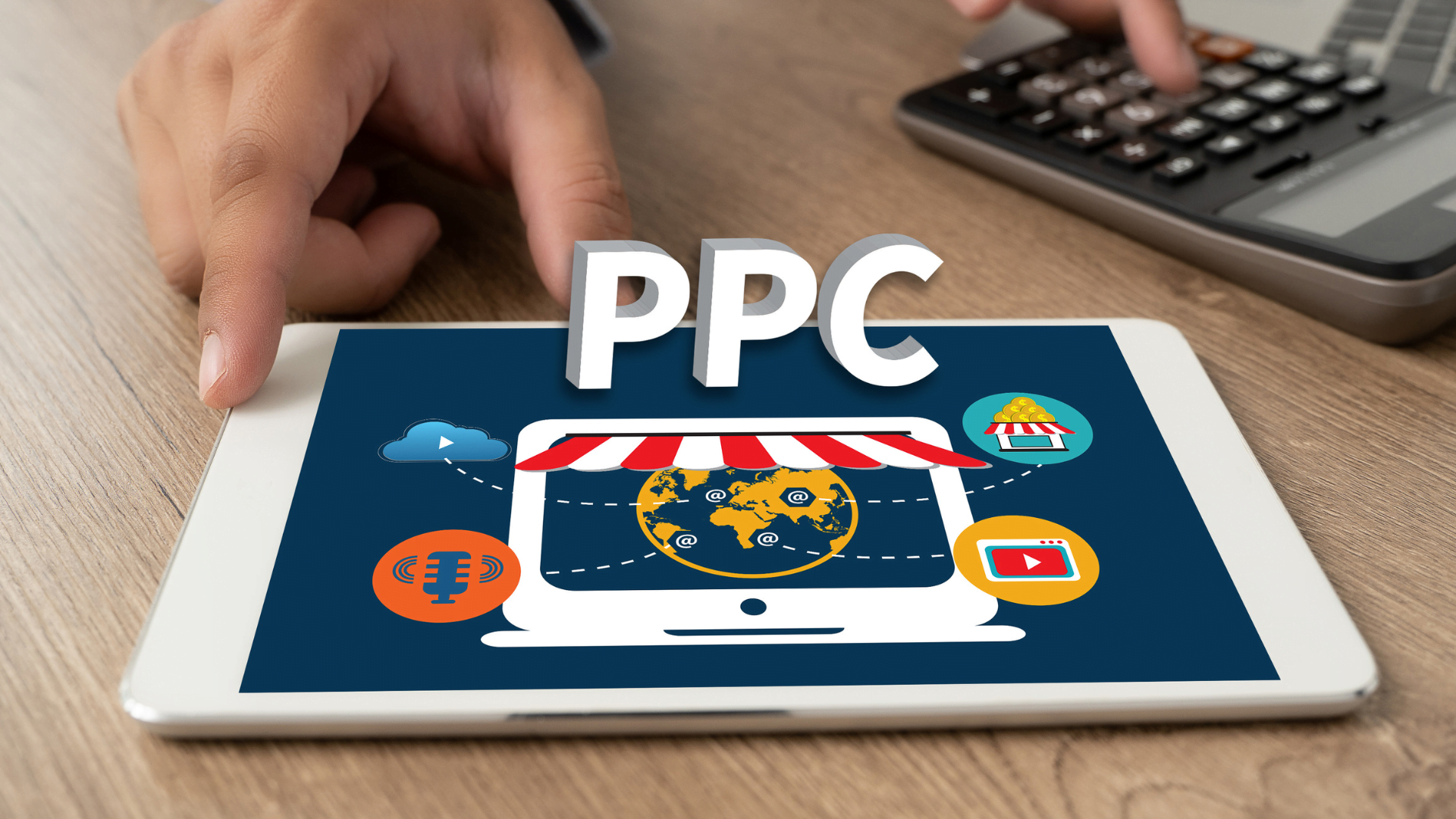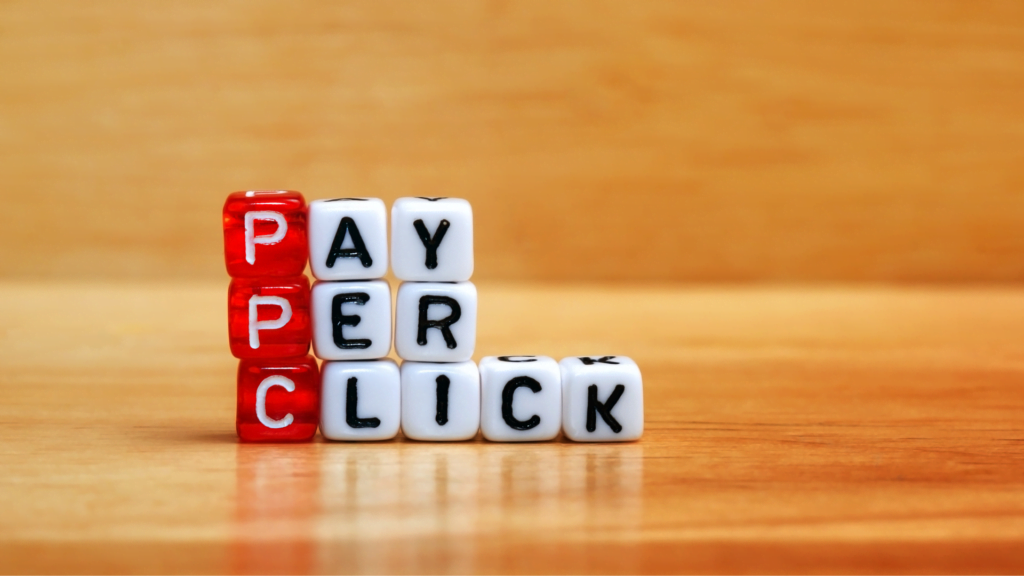Introduction
In today’s digital age, where businesses are constantly vying for online visibility and customer attention, pay-per-click (PPC) advertising has emerged as a powerful tool for marketers. Pay-Per-Click, often regarded as one of the cornerstones of digital marketing strategies, enables businesses to target specific audiences, drive traffic to their websites, and achieve their marketing objectives efficiently. In this comprehensive guide, we will delve into the intricacies of PPC advertising, exploring its definition, evolution, key components, strategies, benefits, and future trends.
Understanding PPC
Pay-Per-Click (PPC) advertising is a digital marketing model where advertisers pay a fee each time their ad is clicked. It’s an effective way to buy visits to your website, rather than earning them organically through search engine optimization (SEO) or other means. PPC ads are prominently displayed alongside search results or on relevant websites, aiming to attract potential customers and drive traffic to the advertiser’s site.
Evolution of PPC Advertising
The concept of Pay-Per-Click advertising can be traced back to the early 2000s when search engines like Google and Yahoo introduced sponsored search listings. Google’s launch of AdWords in 2000 revolutionized online advertising by allowing advertisers to bid on keywords and display ads alongside search results. Over the years, Pay-Per-Click advertising platforms have evolved significantly, incorporating advanced targeting options, ad formats, and analytics tools to enhance campaign performance and ROI.
Key Components of PPC Advertising
1. Keywords
Keywords are the foundation of Pay-Per-Click advertising. Advertisers select relevant keywords or phrases that potential customers are likely to use when searching for products or services. These keywords trigger the display of ads on search engine results pages (SERPs) or other digital platforms.
2. Ad Copy
Compelling ad copy is essential for capturing the attention of users and encouraging them to click on the ad. Advertisers must craft concise, persuasive messages that highlight unique selling propositions and encourage action.
3. Bid Management
Bidding is the process of determining how much an advertiser is willing to pay for each click on their ad. Bid management involves optimizing bids to maximize ad visibility while maintaining a profitable cost-per-acquisition (CPA) or return on ad spend (ROAS).
4. Quality Score
Quality Score is a metric used by search engines to evaluate the relevance and quality of PPC ads and keywords. It considers factors such as ad relevance, landing page experience, and click-through rate (CTR). A higher Quality Score can result in lower costs and better ad placement.
PPC Strategies
1. Keyword Research
Conduct thorough keyword research to identify relevant terms and phrases that align with your business objectives and target audience. Use keyword research tools to uncover valuable insights into search volume, competition, and user intent.
2. Targeting Options
Take advantage of advanced targeting options offered by PPC platforms to reach your ideal audience. Targeting options may include geographic location, demographics, interests, behavior, and device type.
3. Ad Extensions
Enhance the visibility and effectiveness of your ads by incorporating ad extensions such as sitelinks, callouts, structured snippets, and call extensions. Ad extensions provide additional information and encourage users to take specific actions, such as making a phone call or visiting a store.
4. A/B Testing
Experiment with different ad creatives, messaging, and targeting parameters through A/B testing. Test variations of your ads to identify which elements resonate most with your audience and drive the best results.
Benefits of PPC Advertising
1. Immediate Results
Unlike organic search engine optimization (SEO), which can take time to yield results, Pay-Per-Click advertising offers immediate visibility and traffic. Advertisers can launch campaigns quickly and start driving targeted traffic to their websites almost instantly.
2. Targeted Reach
PPC advertising allows advertisers to target specific demographics, interests, and behaviors, ensuring that their ads reach the most relevant audience segments. This targeted approach increases the likelihood of generating qualified leads and conversions.
3. Measurable ROI
PPC advertising provides detailed performance metrics and analytics, allowing advertisers to track the effectiveness of their campaigns in real-time. Key performance indicators (KPIs) such as click-through rate, conversion rate, and return on investment (ROI) enable advertisers to measure the success of their campaigns accurately.
4. Flexibility and Control
PPC advertising offers advertisers a high degree of flexibility and control over their campaigns. Advertisers can adjust bids, budgets, targeting parameters, and ad creatives in real-time to optimize performance and achieve their advertising goals.
Future Trends in PPC Advertising
1. Automation and AI
Advances in artificial intelligence (AI) and machine learning are reshaping the landscape of Pay-Per-Click advertising. Automation tools and algorithms can streamline campaign management, optimize bidding strategies, and improve ad targeting and personalization.
2. Voice Search Advertising
With the growing popularity of voice-enabled devices and virtual assistants, voice search advertising is poised to become a significant trend in PPC advertising. Advertisers will need to optimize their campaigns for voice search queries and adapt their ad formats and messaging accordingly.
3. Visual and Video Ads
Visual and video ads are gaining traction in Pay-Per-Click advertising, particularly on social media platforms like Facebook, Instagram, and YouTube. Advertisers will need to incorporate visually engaging content and storytelling techniques to capture the attention of users and drive engagement.
4. Cross-Channel Integration
Integrating Pay-Per-Click advertising with other marketing channels such as social media, email, and content marketing will become increasingly important for delivering cohesive and personalized brand experiences across the customer journey.

PPC Platforms
PPC advertising operates across various platforms, with Google Ads and Bing Ads being the most prominent. Google Ads allows advertisers to display ads on Google’s search engine results pages (SERPs), as well as on its extensive network of partner websites and platforms like YouTube and Gmail. Bing Ads, on the other hand, provides similar functionality on Microsoft’s Bing search engine and its partner networks. Other popular PPC platforms include social media channels like Facebook, Instagram, Twitter, and LinkedIn, which offer targeted advertising options based on user demographics, interests, and behaviors.
Setting Up a PPC Campaign
Setting up a successful PPC campaign involves several steps, starting with defining campaign objectives and target audience. Advertisers must conduct keyword research to identify relevant terms and phrases, create compelling ad copy and visuals, set bid amounts and budgets, and configure targeting options and ad extensions. Advertisers should also establish tracking mechanisms to monitor campaign performance and make data-driven optimizations over time.
PPC Budgeting and Cost Management
Effective budgeting and cost management are critical for maximizing ROI in PPC advertising. Advertisers must allocate budgets based on campaign objectives, target audience size, and competition levels. They should monitor campaign spend regularly and adjust bids and budgets to optimize performance and maintain profitability. Cost management strategies may include setting bid caps, implementing bid adjustments for high-performing keywords or audiences, and optimizing ad scheduling to maximize exposure during peak times.
PPC Analytics and Reporting
PPC advertising platforms provide robust analytics and reporting tools to track campaign performance and measure key metrics. Advertisers can analyze metrics such as impressions, clicks, click-through rate (CTR), conversion rate, cost per acquisition (CPA), return on ad spend (ROAS), and more. Analyzing these metrics helps advertisers identify trends, evaluate campaign effectiveness, and make data-driven decisions to optimize performance and achieve their advertising goals.
PPC Compliance and Best Practices
Adhering to PPC advertising guidelines and best practices is essential for maintaining campaign effectiveness and compliance with platform policies. Advertisers should ensure that their ads comply with relevant regulations and industry standards, including guidelines for ad content, landing page quality, and user experience. Best practices may include using relevant keywords, creating compelling ad copy, optimizing landing pages for conversions, and regularly monitoring and optimizing campaign performance.
PPC Case Studies and Success Stories
Examining real-world examples of successful PPC campaigns can provide valuable insights and inspiration for advertisers. Case studies and success stories showcase innovative strategies, creative approaches, and best practices that have led to tangible results, such as increased website traffic, lead generation, and revenue growth. By analyzing these success stories, advertisers can learn from others’ experiences and apply proven strategies to their own PPC campaigns.
PPC Training and Resources
Continuously improving Pay-Per-Click skills and staying updated on industry trends and best practices are essential for success in PPC advertising. Advertisers can benefit from various training resources, including online courses, webinars, workshops, and certification programs offered by Pay-Per-Click platforms, digital marketing agencies, and industry experts. Additionally, staying informed through industry blogs, forums, and communities can provide valuable insights and networking opportunities for PPC professionals.
Conclusion
The comprehensive guide to PPC advertising has explored various aspects of this powerful digital marketing strategy. We began by understanding the evolution of Pay-Per-Click advertising, tracing its roots back to the early 2000s with the introduction of sponsored search listings by search engines like Google and Yahoo. Over time, Pay-Per-Click platforms have evolved significantly, incorporating advanced targeting options, ad formats, and analytics tools to enhance campaign performance and ROI.
We delved into the key components of PPC advertising, including keywords, ad copy, bid management, and Quality Score, highlighting their importance in creating successful campaigns. Additionally, we outlined effective PPC strategies such as keyword research, targeting options, ad extensions, and A/B testing to optimize campaign performance and drive results.
The benefits of Pay-Per-Click advertising were also discussed, emphasizing its ability to deliver immediate results, target specific audiences, provide measurable ROI, and offer flexibility and control over campaigns. Furthermore, we explored future trends in PPC advertising, such as automation and AI, voice search advertising, visual and video ads, and cross-channel integration, indicating the evolving landscape of PPC advertising.
We expanded the discussion to include additional topics such as PPC platforms, setting up a PPC campaign, budgeting and cost management, analytics and reporting, compliance and best practices, case studies and success stories, as well as training and resources for PPC professionals.
In conclusion, Pay-Per-Click advertising remains a vital component of digital marketing strategies, offering businesses a powerful and cost-effective way to reach their target audience, drive traffic to their websites, and achieve their marketing objectives. By understanding the key components, strategies, and benefits of PPC advertising, advertisers can leverage this versatile advertising model to maximize their online visibility, engagement, and ROI. Staying informed about emerging trends, continuously optimizing campaigns, and adhering to best practices are essential for driving sustainable growth through Pay-Per-Click advertising in the dynamic digital landscape.





child teen porn
Sportotobet, spor bahisleri ve �evrimi�i casino oyunlar� sunan bir platformdur. Geni� bir spor bahisleri yelpazesi ve �e�itli liglerde y�ksek oranlarla bahis yapma imkan� sunar.
I’ve recently started a blog, the info you offer on this web site has helped me greatly. Thank you for all of your time & work. “Money is power, freedom, a cushion, the root of al evil, the sum of all blessings.” by Carl Sandburg.